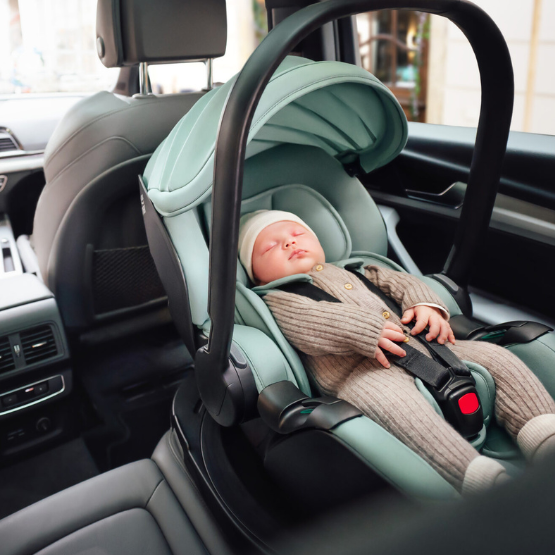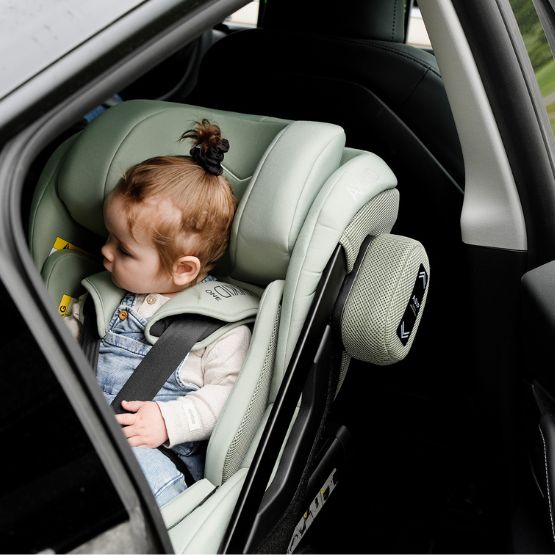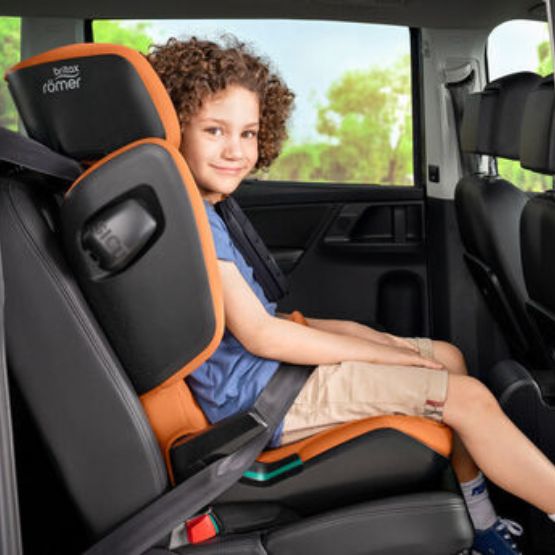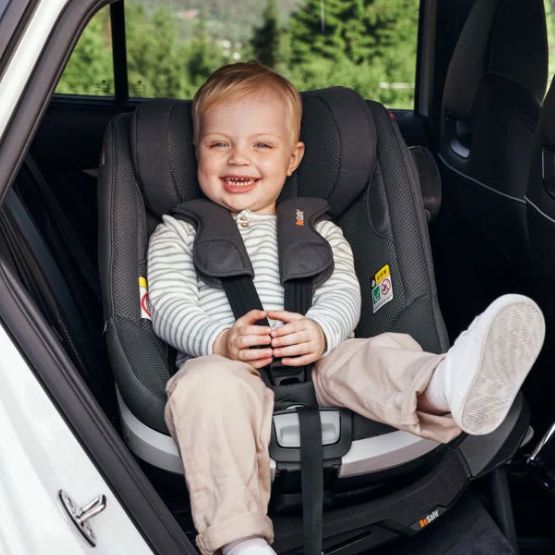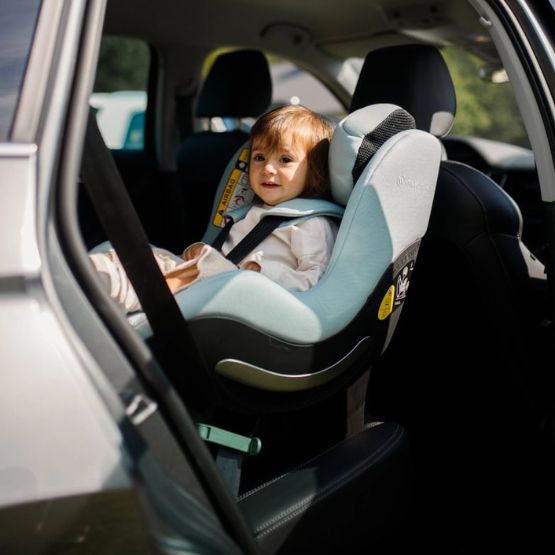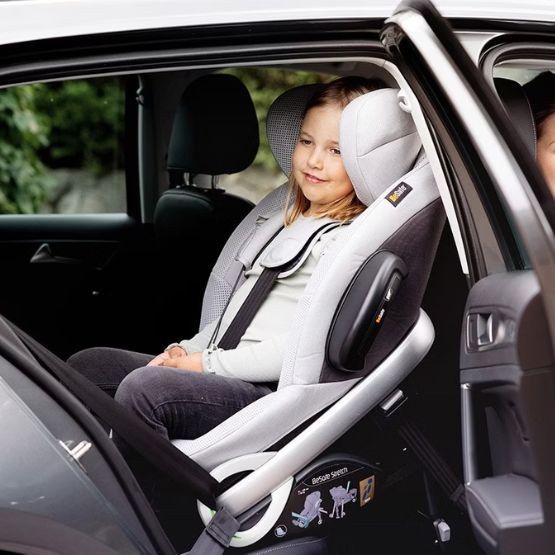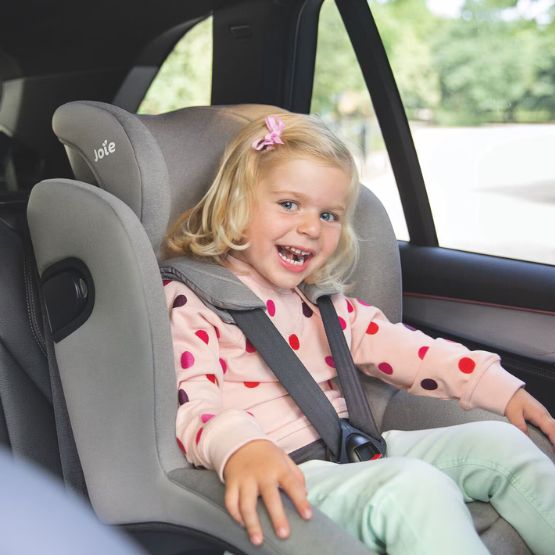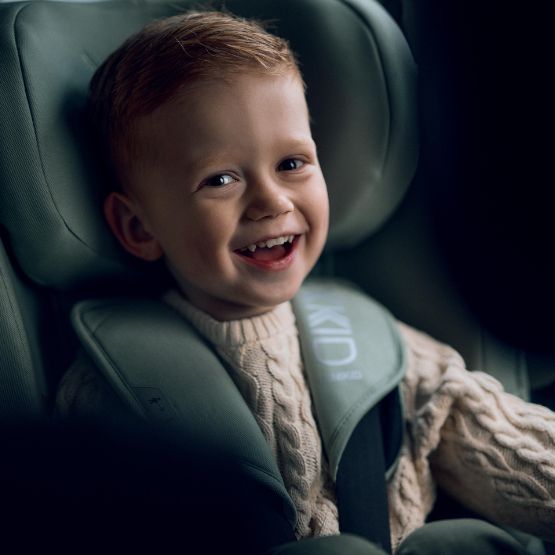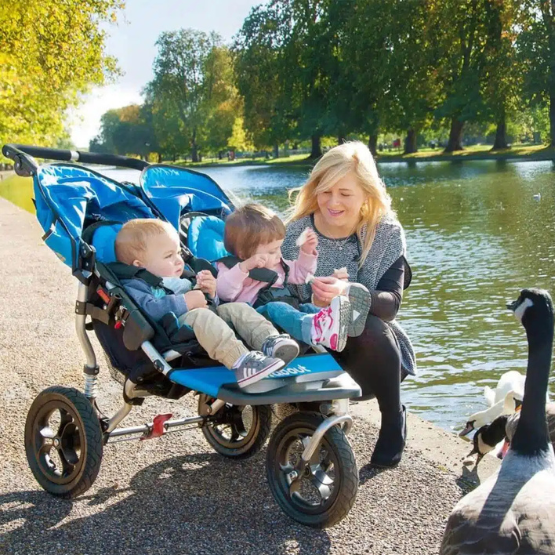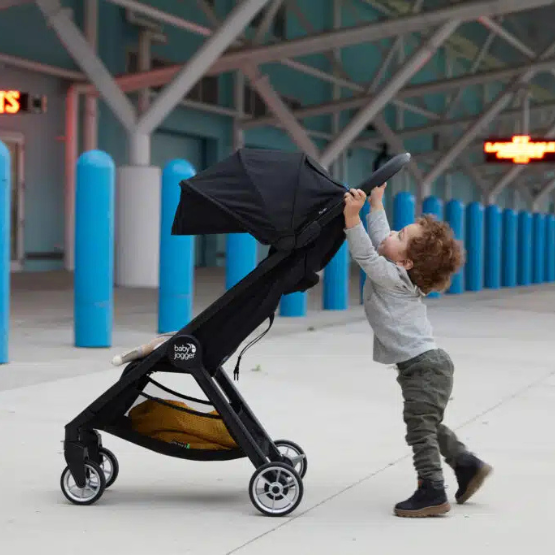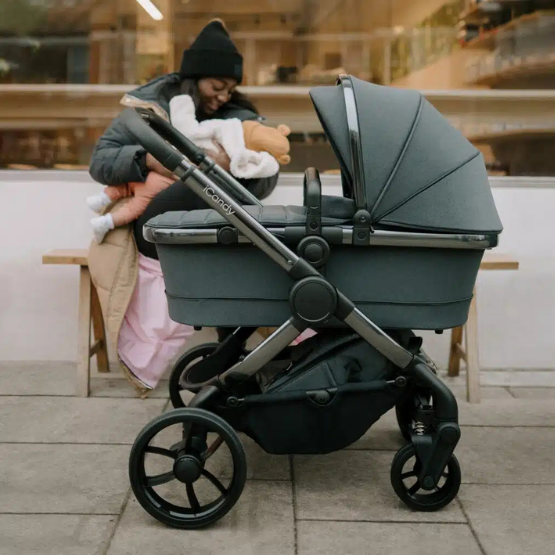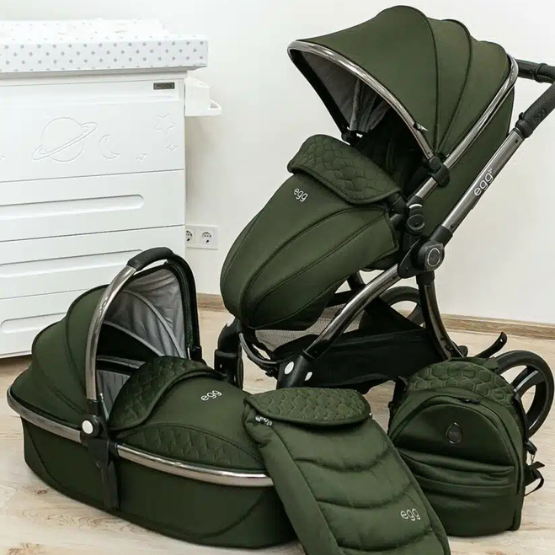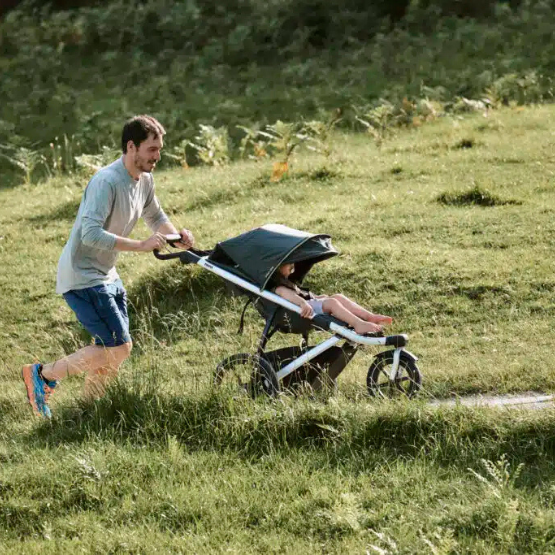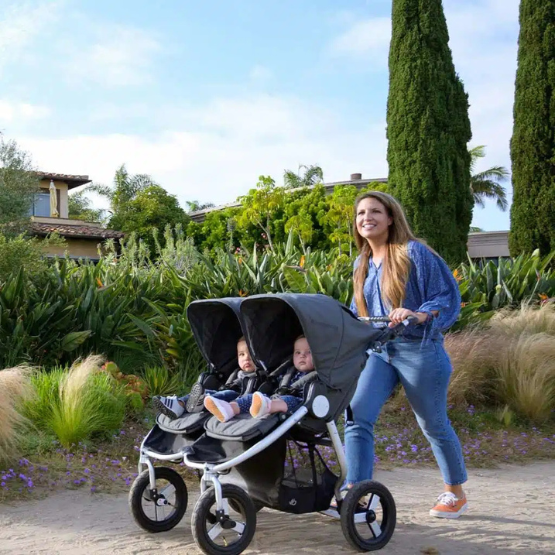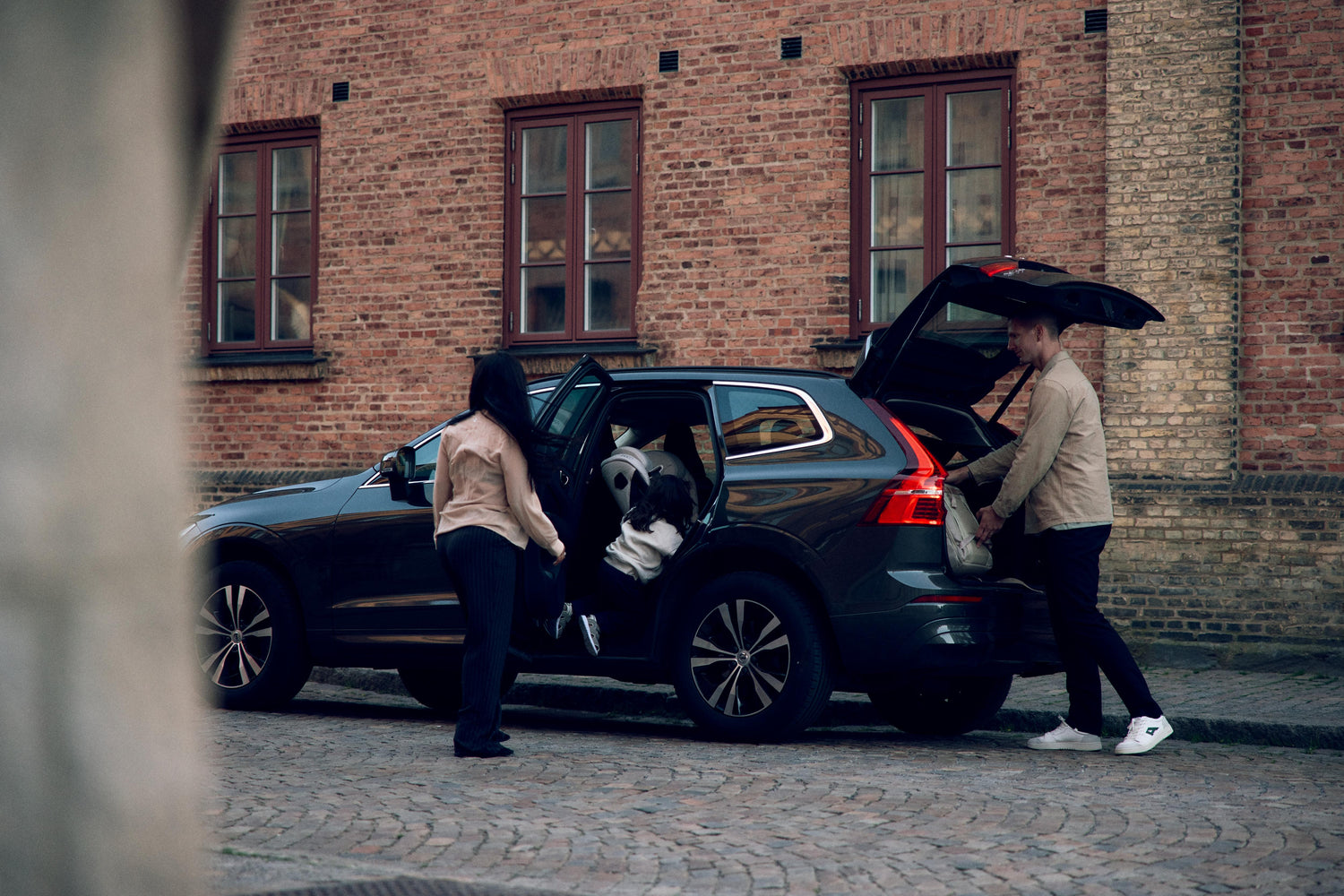
Which Car Seat is Right For Me?
The process of choosing the right car seat is often thought of as a ‘minefield’
At Little Peas, we try to break this process down and make it as easy as possible. We will help you on your journey to find the safest, most appropriate car seat for your child. It might be that they’re currently in the best seat, and if that’s the case, we’ll tell you.
We fully believe that nothing beats talking face-to-face with a fully trained car seat expert in order to establish which car seat is right for you and your child. We are available 7 days a week to help with your car seat queries, to help you understand the regulations or even just to check if your seat is correctly fitted. We care more that your child is safe in their car seat than about making a sale – you will find testimony to this in our reviews – we regularly advise ‘sticking’ with the car seat you’re using for longer and making the most use out of it.
We do know though, that sometimes it’s not possible to come in to see us, and you’d prefer to buy online. We are a responsible online seller, and will give you all the backup, help and support we can up front, and during the lifespan of your car seat. We can help you by giving fit checks from photos, videos or video phone calls – or, just general and ongoing advice. We run the Facebook group; Car Seat Advice UK – the UK’s largest Facebook support group and are affiliated with ‘Good Egg Car Safety’, and are on their rota to assist the Police with seat checks in Central Scotland. We have been working in the car seat industry now for over 14 years, and have built incredible relationships with our car seat suppliers! They recognise our passion and work extremely closely with us, consulting with us regularly on training, law and research and development. While we have the Facebook forum, we are the only forum to be backed up by a physical store – this means that you know where we are, 7 days a week. We are constantly investing in our team with training; we are investing in filming facilities to allow us to demonstrate all our products with clarity and professionalism. We want to ensure you have the best buying experience and aftercare confidence of any retailer here in the UK.
We have taken considerable care over our choice of car seat supplier, and from their range of seats before bringing them into our range. We want you to have the safest solution for your child, but want it to be right for you. We will not force anything upon you against your will or wishes – that is a promise! We know that each scenario is different and everyone has different needs – let us work with you to find the best solution to help. We hope our online guide will help you on the start of your journey.
Why do you need a car seat? Firstly, it’s a legal requirement. However, a car seat is probably the single most important purchase you’ll make for your child; they are designed to position them to the optimum position to reduce risk of injury or more severe consequences in the event of an accident.
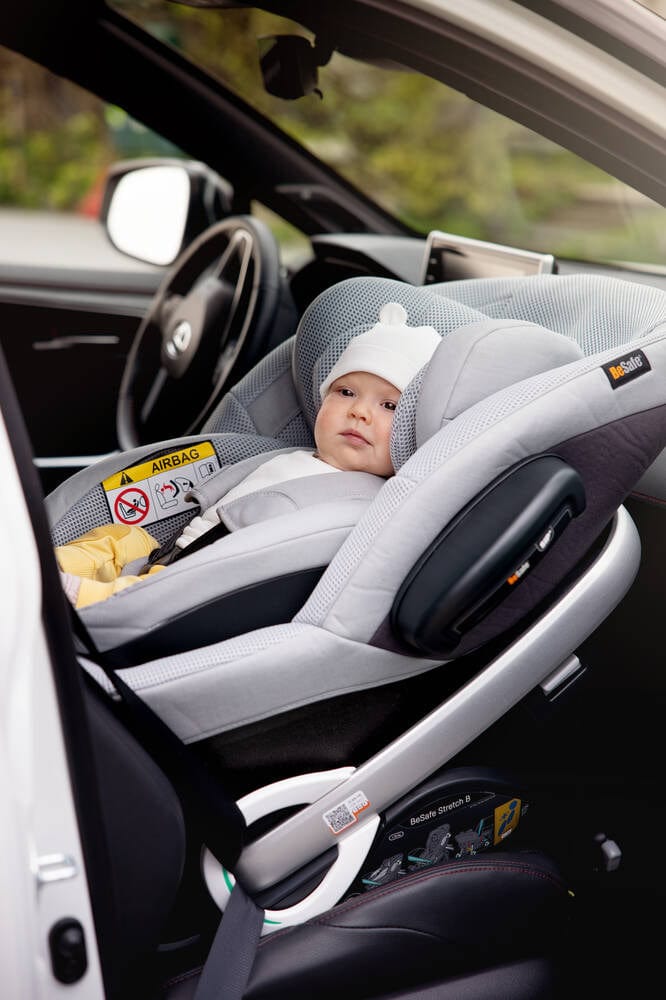
Infant Carrier or Newborn Car Seats
When a child is born, the most common style of seat used is an infant carrier. The infant carrier is a smaller style of seat, typically with a handle to carry, and can generally fit onto a pram chassis – when the infant seat attaches to the chassis, the system that it makes is called a ‘travel system’. The infant carrier will generally be used for around a year, but may be a shorter, or longer period, based upon the childs size and needs, coupled with the capability of the individual seat. Most infant seats are limited by a weight of 13kg, coupled with an infant height of somewhere between low-mid 70cm’s – around 85cm depending on the seat. All infant carriers will have the child in a rearward facing direction while they travel.
Most infant carriers can be fitted to a car using the cars own seatbelts, or by making use of the cars ‘isofix’ connections. Isofix in a car is typically situated in the back seat, behind the drivers and passenger seats, low down at the base of the seat (although in a few cars, they may be located in additional positions). They are a metal loop (sometimes only visible though as a bar), and allow an isofix connection to be made to them by either a car seat directly, or connected to via an isofix base. An isofix base looks like a deep plastic tray, with the isofix connections to attach to these fixings in the car – most bases will also have a support leg that drops down to the floor of the car for additional stability / security. The infant seat can connect to a compatible isofix base directly and securely, without the need to then use the cars seatbelts.
Newborns can also travel in seats that are designed to cater for a larger timespan. These may be as a replacement for an infant carrier, with an emphasis more towards the next age stage of seats (although this style of seat cannot fit on to the prams chassis, and therefore will not make a travel system). Rotation seats will typically fall into the baby and toddler category and usable from birth to around the age of four. There are also combination seats that can last and cover a longer period still.
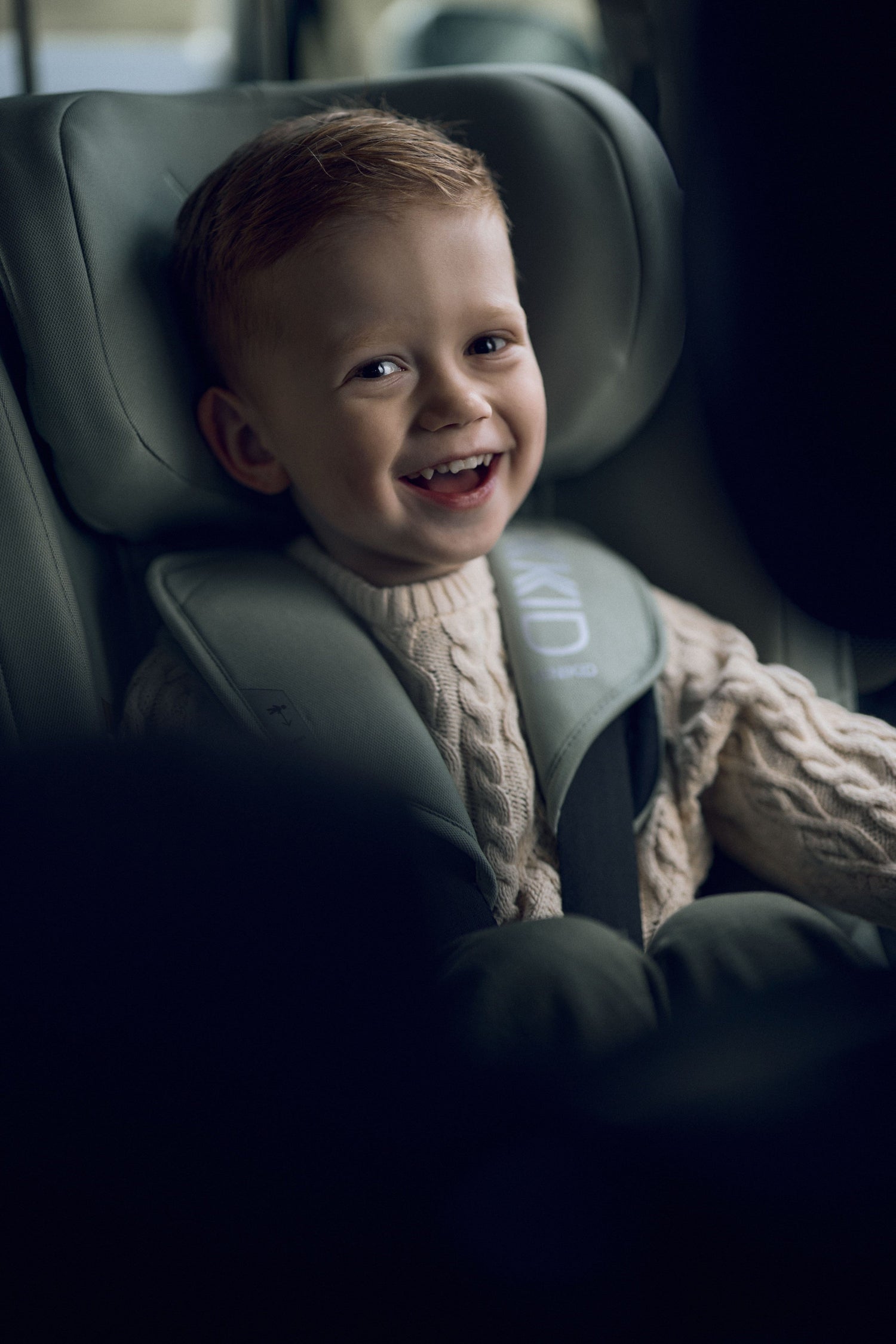
Toddler Car Seats
The individual category, after infant carrier is the stage for a toddler. Formerly known as a Group 1 seat, a toddler seat typically sits a bit more upright than the infant carrier, and normally has the ability to recline for comfort. Some seats in this category will forward face only, some will rearward face only and some will do both.
Most standard seats in this category will accommodate a child up to around 18-19kg. There are a variety of seats that will either seatbelt into position, or isofix – some will also make use of the isofix base that your infant carrier used.
The purchase of your toddler seat is possibly the most complex seat to select, as you’ll need to decide upon a variety of options –
• Do you want to rear face for as long as possible?
• Do you want a seat that swivels/rotates?
• Would you like a seat that combines to become the next stage seat too?
As we learn more, we are seeing a big change in this age category of seat. There is a massive movement towards Extended Rear Facing car seats. This style of seat will reduce the likelihood of force being put onto the neck in a collision. We are also seeing much emergence of new technology in this sector, with huge manufacturer investment in ensuring that the head remains in a natural (or neutral) position in the event of a collision.
Extended Rear Facing – ERF is continuing to rear face your little one in a seat beyond the capacity of an infant carrier. This may be a toddler seat, a combination seat, or a Swedish Plus Tested Seat. ERF seats provide one of the safest positions for your child to travel in. The safety in these seats is attained because; the most serious crash you could be in typically, is one where the car is impacted at the front. In an ERF seat, the child essentially travels backwards into the seat – often this movement is minimal, and the trauma is spread across the back and neck, rather than being predominantly focussed into the neck, as is the case in a forward facing harnessed seat. For this reason, scientific studies have proven that rear-facing is five times safer than harnessed forward facing. It’s not the law that you have to rear face for longer at this point in time – it’s just a safer way to travel.
Combination Seats – This style of seat will span across various age groups; birth to toddler, or to child – or, toddler to child. They can be more budget-friendly in the longer term, and often can make sense for someone that isn’t using the seat heavily, or on a daily basis, ie grandparents.
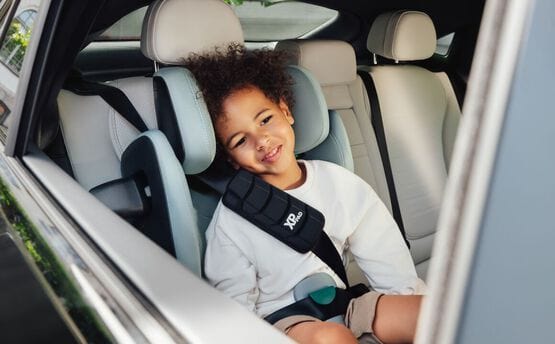
Child Car Seats
Often referred to as a high back booster, this is typically the last car seat you’ll need and normally used from the age of around 4/5 through to up to around 12 years old.
These may be fixed to the car with isofix, or just held in place by the child in the seat. The child will be restrained by the cars own seatbelt in a High Back Booster, so must be mature enough to sit in position with the belt over their shoulder. These are typically not recommended for children under 4, and we’d recommend not removing the back (to just make it a booster cushion) as this removes the protective element around the head and torso.
A high back booster needs the child to be a minimum of 15kg, and the newer R129 / iSize HBB’s typically are also for a height range of 100-150cm.

